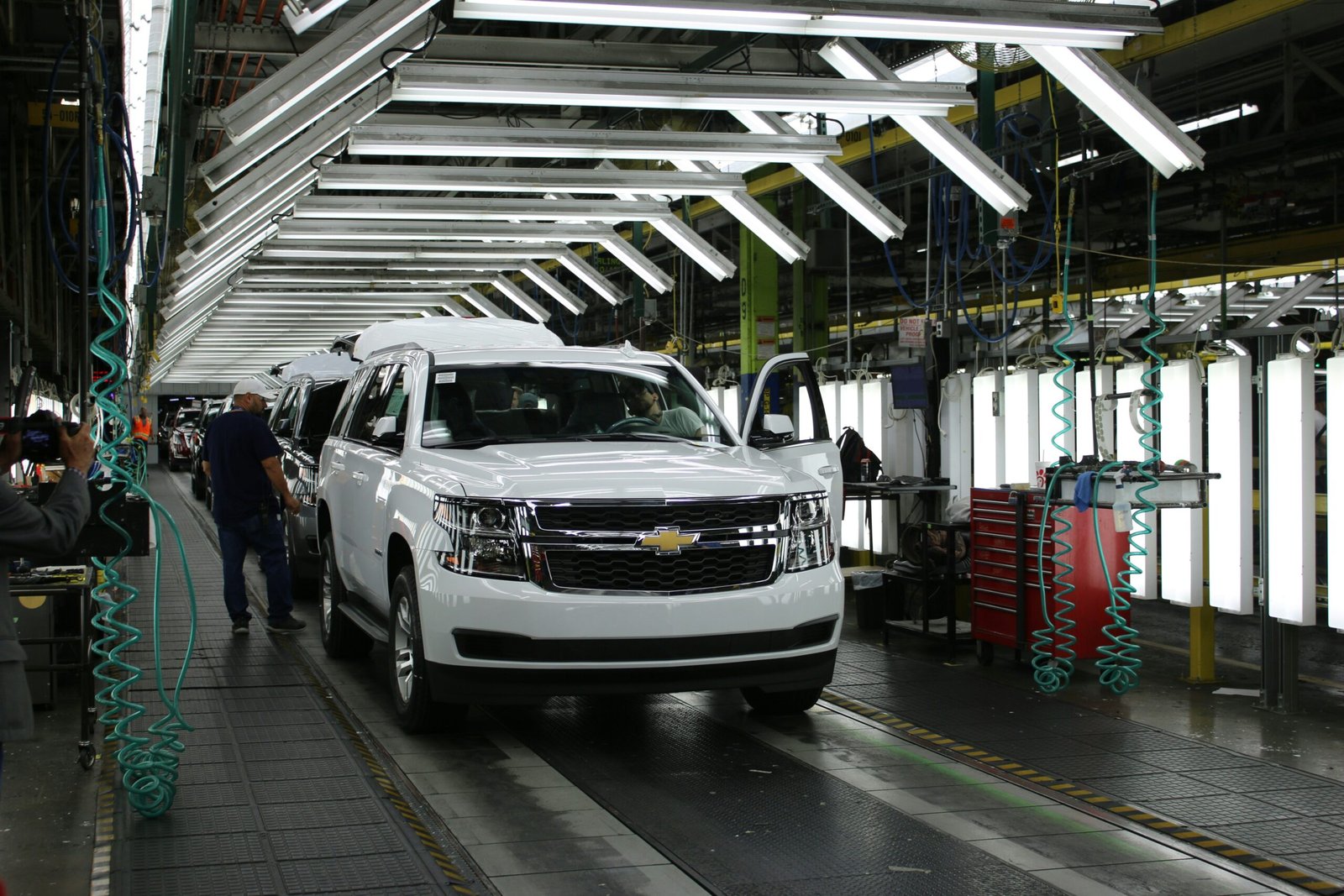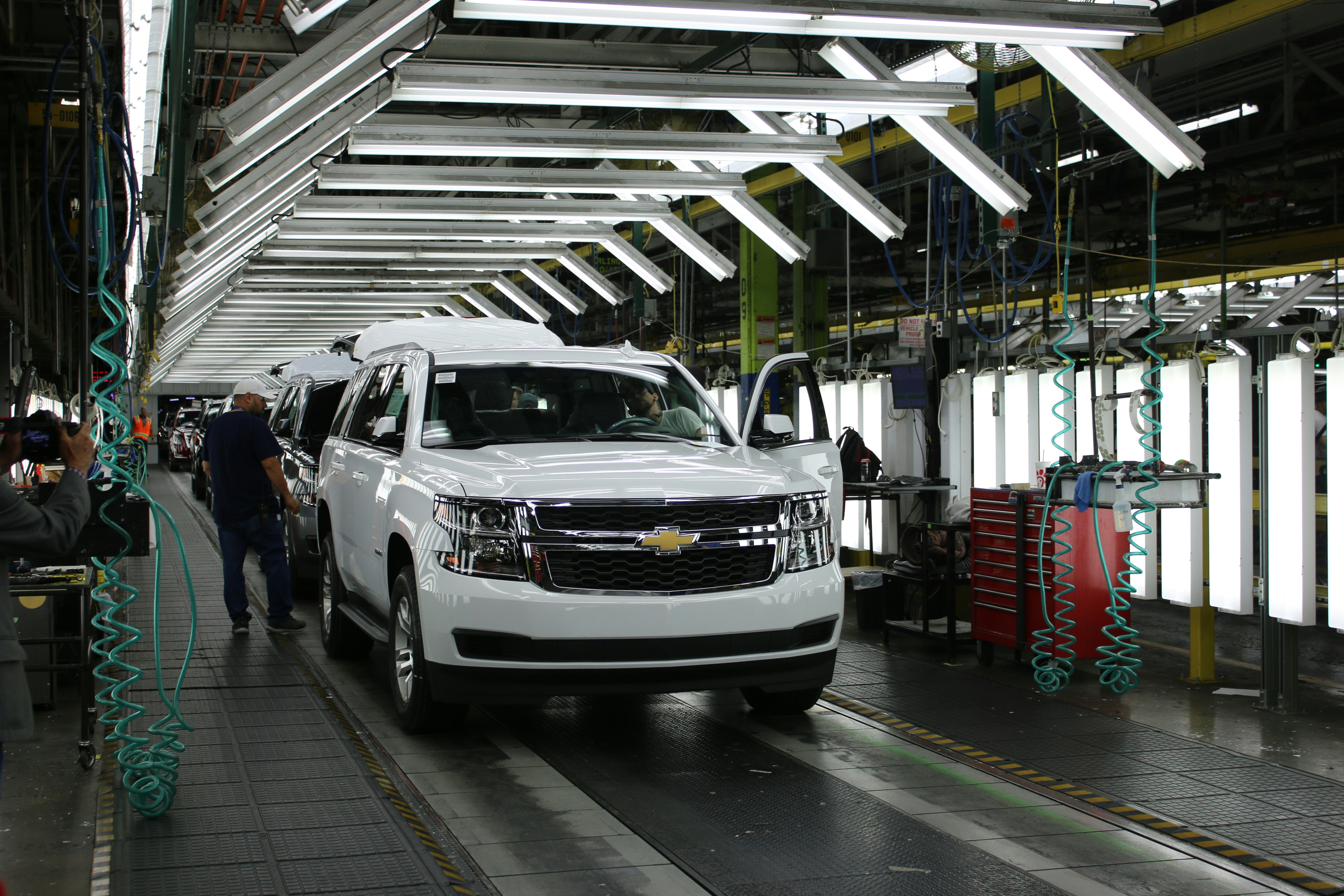Introduction to Automotive Aftermarket Sales Forecasting
The automotive aftermarket sales forecasting is a critical process that involves predicting the future demand for automotive parts and services after a vehicle’s initial sale. This market segment plays a vital role in the overall automotive industry since it encompasses all sales related to replacement parts, maintenance products, and accessories. Accurate forecasting in this context is essential for various reasons, including effective inventory management, strategic pricing, and enhanced customer satisfaction.
One key aspect of automotive aftermarket sales forecasting is managing inventory levels. By accurately predicting which products will be in demand, businesses can optimize their stock, thereby reducing the risks associated with overstocking or stockouts. Over time, these efficiencies not only decrease operational costs but also improve service delivery, as customers receive the parts they need without excessive delays.
Moreover, accurate forecasting aids in developing effective pricing strategies. Understanding market trends and customer preferences allows automotive businesses to set competitive prices, ensuring they remain profitable while attracting and retaining a loyal customer base. Failure to correctly forecast demand can lead to mispriced products, negatively influencing sales and overall revenue.
Despite the significance of automotive aftermarket sales forecasting, traditional methods often pose challenges. Linear approaches, such as time series analysis, sometimes fail to account for market volatility and changing consumer behavior. These limitations can lead to inaccuracies that affect all areas of the supply chain. Therefore, it becomes imperative for businesses to explore innovative forecasting techniques, particularly those enhanced by advancements in technology and artificial intelligence.
In summary, the importance of automotive aftermarket sales forecasting extends beyond merely predicting future demand; it is integral to efficient inventory management, strategic pricing, and ultimately, customer satisfaction in the automotive industry.
Understanding AI and Its Potential in Sales Forecasting
Artificial intelligence (AI) has emerged as a transformative force in numerous industries, including the automotive sector. In the context of sales forecasting, AI employs various advanced techniques such as machine learning, predictive analytics, and data mining to enhance decision-making processes. These technologies allow businesses to analyze vast amounts of data quickly and accurately, leading to improved forecasting capabilities.
Machine learning, a subset of AI, enables systems to learn from historical data and identify patterns without explicit programming. By utilizing algorithms that can adapt and improve over time, businesses can refine their sales forecasts based on new information. This adaptability helps organizations respond to market shifts and consumer behavior more effectively than traditional forecasting methods. For instance, automotive companies can predict fluctuations in demand for specific vehicle models by analyzing past sales data, market trends, and socio-economic factors.
Predictive analytics further complements machine learning by using statistical techniques and algorithms to forecast future events. This approach allows companies to anticipate sales trends, identify potential risks, and capitalize on emerging opportunities. By leveraging predictive analytics, firms in the automotive aftermarket can optimize their inventory management processes, ensuring that resources are allocated efficiently and reducing the likelihood of stockouts or overstock situations.
Data mining techniques are also crucial in extracting valuable insights from large datasets. By employing data mining, organizations can uncover hidden correlations and trends that may not be apparent through conventional analysis methods. In the automotive aftermarket, data mining can reveal customer preferences and purchasing behaviors, enabling companies to tailor their marketing strategies and improve customer satisfaction.
Overall, the adoption of AI-driven methodologies in sales forecasting signifies a shift towards more accurate and efficient predictive models. This not only allows businesses to stay competitive but also enhances their ability to meet customer demands effectively.
Benefits of Implementing AI in Aftermarket Sales Forecasting
The integration of Artificial Intelligence (AI) into automotive aftermarket sales forecasting offers numerous advantages that can profoundly enhance business performance. One of the primary benefits is the significant improvement in prediction accuracy. AI algorithms can analyze vast amounts of historical sales data, consumer behavior patterns, and macroeconomic indicators, leading to more precise demand forecasts. This enhanced accuracy helps organizations to align their inventory more closely with actual market needs, effectively minimizing discrepancies between supply and demand.
Another noteworthy advantage is the reduction of costs related to overstock and stockouts. By accurately forecasting sales, businesses can optimize their inventory levels, negating the risk of surplus stock that ties up capital or insufficient inventory that leads to lost sales opportunities. This dynamic inventory management not only saves costs but also enhances cash flow and operational efficiency across the supply chain.
Furthermore, AI facilitates improved customer satisfaction through superior inventory management. With better forecasting, companies can ensure that the right products are available at the right time, thus meeting customer expectations and fostering loyalty. Companies such as Amazon have successfully leveraged AI-based predictive analytics, demonstrating how effective inventory management leads to increased customer satisfaction and repeat business.
Improved adaptability to changing market conditions is yet another benefit of implementing AI in sales forecasting. The automotive aftermarket is often influenced by various factors such as seasonal trends and economic fluctuations. AI systems can continuously learn and adjust forecasts in real-time, thereby enabling businesses to respond swiftly to shifts in consumer demand. Many automotive parts suppliers have deployed AI solutions that allow them to monitor and react to market changes proactively, ultimately retaining a competitive edge.
Challenges and Future Directions of AI in the Automotive Aftermarket
The integration of Artificial Intelligence (AI) in the automotive aftermarket sales forecasting landscape presents several significant challenges that companies must navigate. One of the primary hurdles is related to data quality. Many organizations grapple with issues such as incomplete datasets, lack of standardization, and data silos, which can lead to inaccurate forecasts. The effectiveness of AI-driven tools heavily relies on the availability of high-quality data; otherwise, the insights generated may be misleading, ultimately affecting strategic decision-making.
Another considerable challenge is the integration of AI systems with existing enterprise applications. Many companies utilize legacy systems that were not designed with AI compatibility in mind. This misalignment can create barriers to the seamless deployment of AI solutions, potentially leading to increased costs and extended timelines. As such, organizations must invest in modernizing their technological infrastructure, which can require considerable resources and strategic planning.
The skills gap in the workforce is also a pivotal issue that cannot be overlooked. While more professionals are recognizing the importance of AI capabilities, there remains a shortage of individuals with the expertise required to analyze data effectively and interpret AI-driven forecasts. Companies need to prioritize employee training and development to cultivate a skilled workforce that can harness the full potential of AI technology.
Looking ahead, the automotive aftermarket must adapt to the rapid evolution of AI. Emerging trends, such as the growth of predictive analytics and machine learning algorithms, promise to offer more accurate forecasts by continuously enhancing the data inputs and learning from past outcomes. As companies increasingly adopt these advanced technologies, the ability to pivot quickly and embrace change will be paramount. Continuous adaptation will not only improve forecasting accuracy but also enable businesses to respond swiftly to shifts in consumer behavior and market dynamics.










